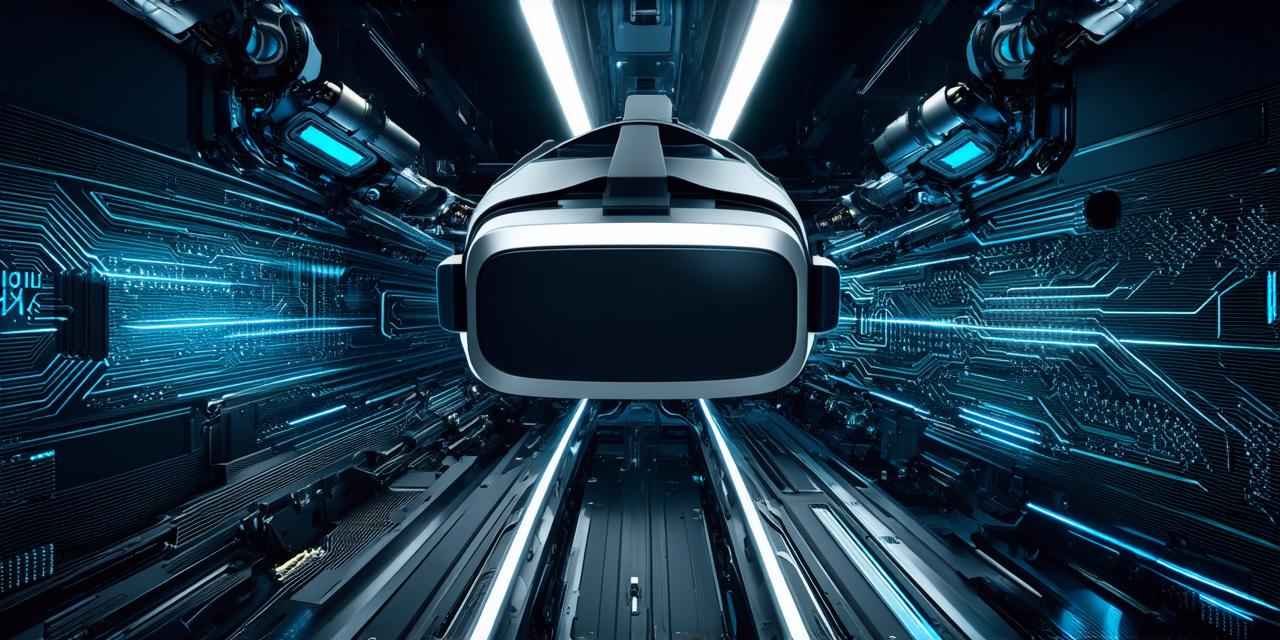The Rise of VR Headsets
According to a report by Statista, the global VR headset market is expected to reach $136.9 billion by 2027, growing at a compound annual growth rate (CAGR) of 38.4% from 2020 to 2027.
One of the main drivers behind this growth is the rise of mobile VR headsets. These devices are more affordable, portable, and user-friendly than traditional VR headsets, making them accessible to a wider audience. In addition, advancements in technology have made VR experiences more immersive and realistic, which has further fueled demand for these devices.
Another factor contributing to the growth of VR headsets is the increasing awareness of the benefits of this technology. VR has been shown to improve mental health, enhance learning and training, and even provide a therapeutic benefit for individuals with certain conditions. As more people become aware of these benefits, demand for VR technology is likely to continue to grow.
Real-Life Examples of VR in Action
There are many industries that are already using VR technology to improve their operations and enhance the customer experience. One such industry is healthcare. In recent years, VR has been used to provide patients with a more immersive and realistic experience during surgery and other medical procedures.
This technology can also be used for therapy and rehabilitation, allowing patients to safely simulate real-life scenarios in a controlled environment.
Another industry that is using VR technology is retail. Many companies are now using VR to create virtual showrooms, allowing customers to experience products in a more immersive way. This can be particularly useful for furniture and home decor items, where customers can see how a product would look in their own home before making a purchase.
The gaming industry has also embraced VR technology, with many popular games now available on VR platforms. These games provide players with a more immersive experience, allowing them to feel like they are truly part of the game world. In addition, VR gaming can be used for education and training purposes, providing a fun and engaging way to learn new skills.
Trends to Watch in the VR Headset Market
As the VR headset market continues to grow, there are several trends that we can expect to see in the coming years. One of these trends is the increasing use of augmented reality (AR) technology in VR experiences.
Another trend to watch is the development of wireless VR headsets. With the rise of mobile devices, many people are looking for wireless solutions that allow them to move freely while experiencing VR. Wireless VR headsets are expected to become increasingly popular in the coming years, as technology advances and prices continue to decline.
Finally, we can expect to see more collaboration between VR and other technologies, such as artificial intelligence (AI) and machine learning (ML). These technologies can be used to enhance the realism of VR experiences, as well as provide personalized recommendations and suggestions to users.
FAQs
- What is driving the growth of the VR headset market?
- The growth of the VR headset market is being driven by several factors, including advancements in technology, declining prices, and increasing awareness of the benefits of VR.
- What industries are using VR technology?
- Many industries are already using VR technology to improve their operations and enhance the customer experience. Some examples include healthcare, retail, and gaming.
- What trends can we expect to see in the VR headset market in the coming years?
- In the coming years, we can expect to see more use of augmented reality (AR) technology in VR experiences, as well as the development of wireless VR headsets and collaboration between VR and other technologies such as AI and ML.
